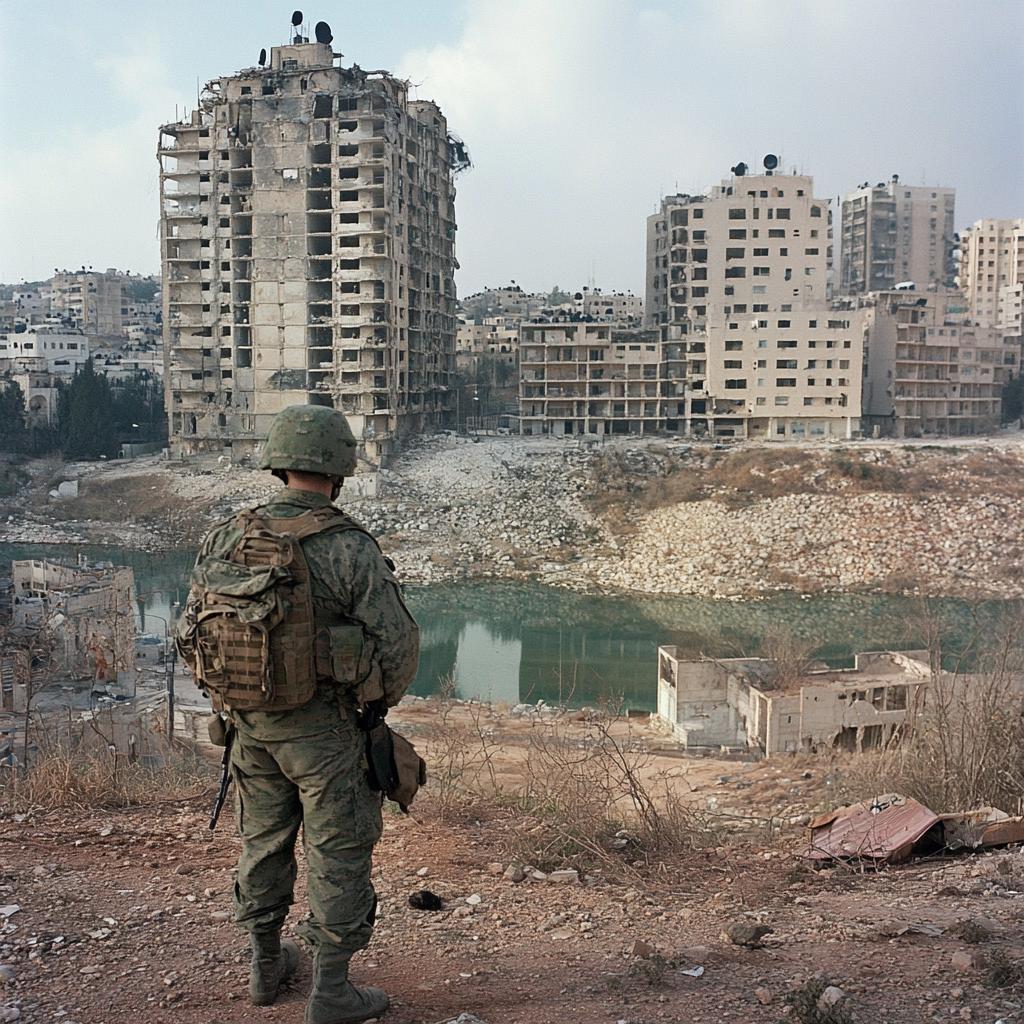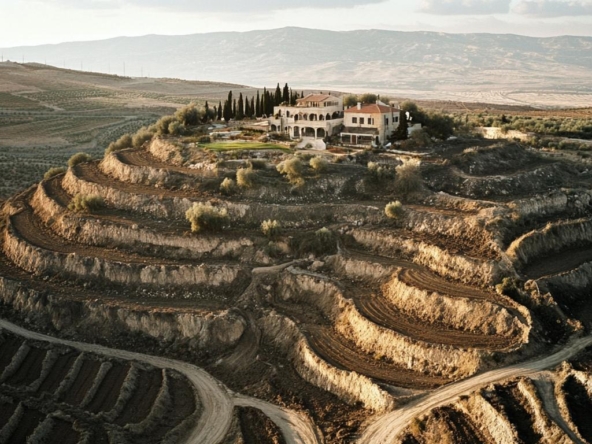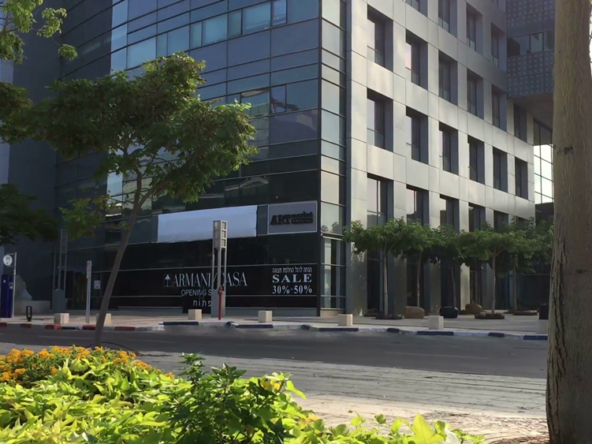The Hidden Side of Israeli Real Estate in Times of War
Israeli real estate, a dynamic and rapidly growing sector, has always been deeply influenced by the wars and conflicts that have marked the country’s history. Since the founding of the State of Israel in 1948, war and regional tensions have had a direct impact on real estate development, property values, and investor behavior. This complex and often overlooked phenomenon has intensified over the decades, and the recent war between Israel and Hamas in 2023 has once again highlighted the hidden dynamics of Israeli real estate during times of conflict.
The Beginnings: The War of Independence (1948-1949)
The birth of the State of Israel in 1948 was immediately followed by the War of Independence, a conflict that lasted nearly two years. During this period, major cities like Tel Aviv and Haifa became key areas to absorb waves of immigrants, while border regions experienced significant turmoil. Real estate was then a foundational sector, and considerable efforts were made to provide housing for newcomers while grappling with the immediate effects of war.
The creation of maabarot (transit camps), which later evolved into entire towns or neighborhoods, paved the way for a division that would endure: secure urban centers and unstable border areas. This division influenced not only the distribution of the population but also real estate development, as people sought refuge in the heart of the country, away from conflict-prone areas.
After 1967: The Six-Day War and the Yom Kippur War (1973)
The Six-Day War of 1967 and the Yom Kippur War of 1973 further shaped the country’s real estate landscape. After the Six-Day War, Israel expanded into territories that were previously under Jordanian, Egyptian, and Syrian control, leading to the establishment of new settlements in contested areas like the West Bank. These settlements became a focal point of political and real estate debates that continue to this day.
However, it was after the Yom Kippur War that real estate prices in major Israeli cities, particularly Jerusalem and Tel Aviv, began to rise steadily. These wars cultivated a sense of urgency among Israelis, prompting them to purchase real estate in areas considered safe, often urban centers far from the front lines. At the same time, foreign investors, particularly those from the Jewish diaspora, viewed Israeli real estate as a safe investment despite the ongoing conflict.
The Lebanon War and the First Intifada: A Changing Demand
The Lebanon War in 1982 and the First Intifada (1987-1993) introduced a new dynamic to the real estate market. During this period, the conflict shifted to northern Israel, triggering a wave of development in cities like Karmiel and Nahariya. These cities, initially considered peripheral, benefited from increased investment and attention as Israel sought to consolidate its northern borders.
During the First Intifada, real estate patterns changed once again. As violent clashes erupted in cities like Jerusalem and Hebron, many Israelis began to settle in suburban areas perceived as safer. This shift led to the growth of Modiin and Raanana, suburban towns that attracted families seeking a balance between safety and access to urban centers.
The Second Intifada (2000-2005): A New Reality for Real Estate
The Second Intifada marked one of the most unstable periods in Israeli history, with daily terrorist attacks shaking the urban heart of the country. Real estate in cities like Jerusalem, Tel Aviv, and Haifa experienced a temporary decline, as residents sought safety in more isolated suburban areas. Gated communities and secure neighborhoods became increasingly sought after during this period, leading to a real estate boom in cities like Herzliya and Raanana, which became popular among international buyers, particularly from the United States.
Despite the turmoil, the Second Intifada also highlighted the resilience of the Israeli real estate market. As security infrastructures improved and Israel adapted to living under a constant threat, property values in high-demand areas rebounded and continued to rise. By the end of the Intifada, real estate prices had skyrocketed, with luxury properties in Tel Aviv and Jaffa becoming increasingly attractive to foreign investors.
The Gaza Conflicts (2008-2023): A Model of Resilience
Since the disengagement from Gaza in 2005, southern Israel has been at the forefront of conflicts between Israel and Hamas, with wars in 2008, 2012, 2014, and most recently in 2023. Cities like Ashkelon, Sderot, and Beersheba have been targeted by rockets, but paradoxically, these areas have also experienced significant real estate growth. This growth can be attributed to a combination of government incentives, such as tax breaks and subsidized housing for residents of conflict zones, as well as the psychological resilience of the Israeli population.
Despite the regular threat of rocket fire, real estate in the south continued to develop. Cities like Ashdod and Beersheba have become key urban centers, equipped with robust infrastructure, universities, and a thriving high-tech sector. Property prices in these areas, although affected by short-term fluctuations during intense conflict periods, have generally risen steadily over the past two decades.
The 2023 Gaza Conflict: An Analysis of Real Estate Impact
The 2023 war with Hamas had an immediate impact on real estate in southern Israel, particularly in cities like Sderot, which has long been the target of rocket fire. At the height of the conflict, there was a temporary drop in demand, as families sought temporary refuge in safer areas. However, just as in previous conflicts, government measures aimed at supporting the local economy and the real estate market have already been implemented. These include tax incentives, grants for new homebuyers, and investments in bomb shelters and reinforced buildings.
Interestingly, the 2023 conflict has reinforced a broader trend observed throughout Israel’s history: a shift in demand towards safer areas during wartime. Real estate prices in Tel Aviv, Herzliya, and Raanana continue to rise, driven by national and international buyers seeking safe and highly sought-after properties. The luxury real estate market in Tel Aviv has largely remained unscathed by the conflict, with high-end apartments in neighborhoods like Sarona and Neve Tzedek maintaining their premium value.
A Resilient Real Estate Sector
One of the most striking features of the Israeli real estate market is its resilience in the face of ongoing conflict. The market’s ability to recover, adapt, and grow, even in times of war, is a testament to several key factors:
- Housing demand: the Israeli population continues to grow, driven both by natural growth and immigration, particularly from Europe and North America. This constant demand for housing helps support the market even during periods of uncertainty.
- Security infrastructure: Over the years, Israel has developed a robust security infrastructure, including the Iron Dome missile defense system and reinforced buildings, which have mitigated the impact of conflict on daily life. This has allowed the real estate market to remain stable, even in areas close to conflict zones.
- Foreign investment: Despite geopolitical tensions, Israel remains a safe haven for foreign investors, particularly in the high-end real estate market. Jewish communities abroad view investing in Israel as both a financial and emotional decision, contributing to the ongoing demand for luxury properties in cities like Tel Aviv, Herzliya, and Jerusalem.
- Government support: The Israeli government plays a crucial role in maintaining the real estate market during wartime by offering financial incentives, tax relief, and investments in infrastructure to ensure continued development even in the most unstable regions.
Looking to the future: the future of Israeli real estate
As Israel continues to face the challenges of living in an unstable region, its real estate market remains a beacon of economic strength and resilience. The constant demand for housing, combined with strategic government support and a culture of adaptability, ensures that the sector will continue to thrive, regardless of external pressures.
Southern cities like Ashkelon and Beersheva, although often on the front lines of conflict, are expected to see further growth in the coming years as infrastructure improves and security measures become even more advanced. At the same time, the luxury markets in Tel Aviv and Herzliya will continue to attract international buyers, drawn by Israel’s economic stability and unique cultural appeal.
Conclusion: an immunized market?
Despite the volatility that accompanies war, the Israeli real estate market has proven remarkably resilient. Rather than collapsing under the weight of conflict, the sector continues to grow and evolve, supported by domestic demand, foreign investments, and a deep belief in the country’s future. The hidden face of Israeli real estate in wartime reveals not only a market that survives but a market that thrives, even in the face of adversity.
This in-depth article provides a deeper historical analysis, integrating the role of government support, foreign investment, and the strategic resilience of the Israeli real estate market through various conflicts, particularly the most recent one.



